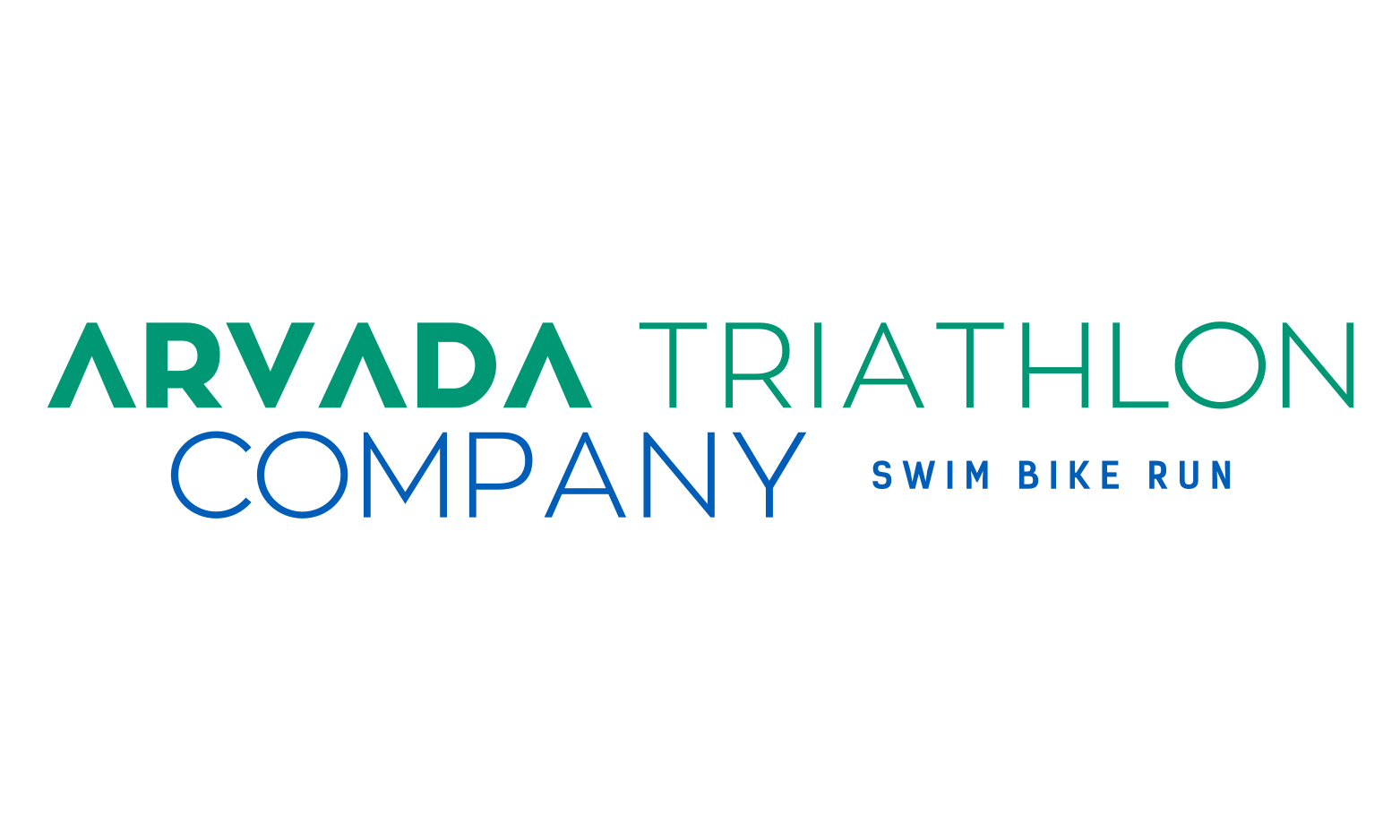For triathletes, the bike leg is not just the longest portion of a race—it’s also the most technically demanding when it comes to equipment and positioning. While choosing the right bike is crucial, a proper bike fit is equally important for maximizing performance, comfort, and injury prevention. Here’s why investing in a professional bike fit should be a priority for every triathlete:
1. Optimize Performance
A bike fit ensures that your position on the bike allows for the most efficient transfer of power from your body to the pedals. By fine-tuning your saddle height, handlebar reach, and aerobar positioning, you can reduce drag and generate more speed with less effort—a critical advantage during a race.
2. Enhance Comfort
Spending hours in the saddle during training and racing can be uncomfortable without the right fit. A bike fit tailors your setup to your body’s unique dimensions, ensuring that you stay comfortable even during long rides. Comfort isn’t just a luxury; it helps you maintain focus and energy throughout the race.
3. Prevent Injuries
An improper bike fit can lead to overuse injuries, including knee pain, lower back strain, and numbness in the hands or feet. A professional bike fitter will address these issues by adjusting your position to minimize stress on joints and muscles, allowing you to train and race pain-free.
4. Improve Transition Efficiency
Triathletes need to run immediately after cycling, making it essential to avoid overly aggressive bike setups that can tax your legs. A bike fit balances aerodynamics with a position that preserves your ability to perform well during the run.
5. Adapt to Your Goals and Needs
Your bike fit should evolve with your goals and fitness level. For example, as you become more flexible or focus on longer distances, a bike fit can be adjusted to better suit your needs. Regular check-ins with a bike fitter ensure that your position remains optimal as your body and goals change.
What to Expect During a Bike Fit
A professional bike fit typically involves:
-
Body Measurements: Analyzing your body’s proportions, flexibility, and range of motion.
-
Adjustments: Fine-tuning the saddle height, fore-aft positioning, handlebar reach, and aerobar angles.
-
Motion Analysis: Using video or other tools to assess your pedaling mechanics and positioning.
-
Feedback: Addressing your specific goals, concerns, and comfort preferences.
Signs You Need a Bike Fit
-
Persistent discomfort or pain during or after rides
-
Struggling to find a comfortable position
-
Numbness or tingling in your hands, feet, or other areas
-
Difficulty maintaining speed or efficiency
-
Preparing for a major race or switching to a new bike
A proper bike fit is not a one-size-fits-all solution but a personalized adjustment that can elevate your triathlon experience. Whether you’re new to the sport or a seasoned competitor, investing in a bike fit is one of the best ways to ensure you’re getting the most out of your bike—and yourself.





